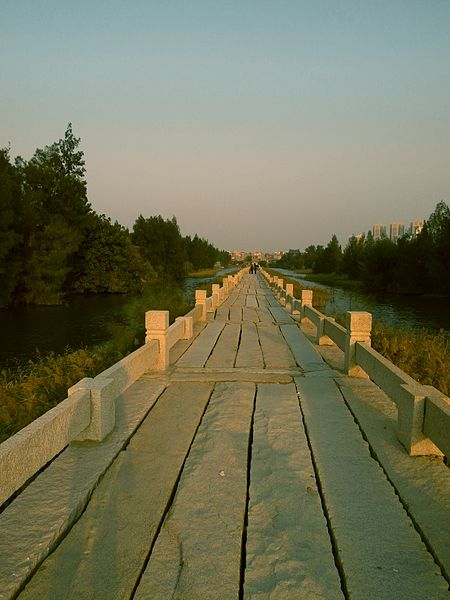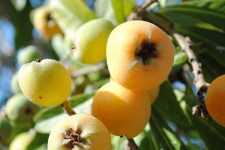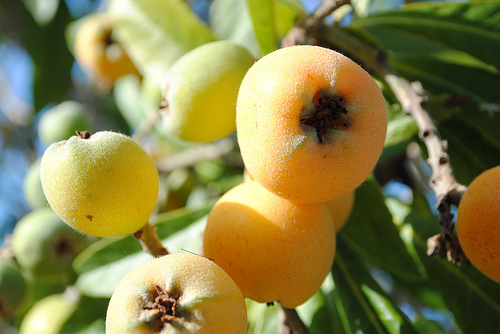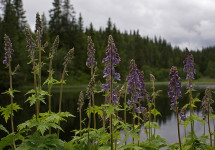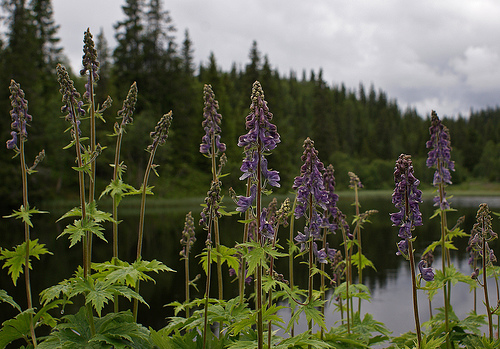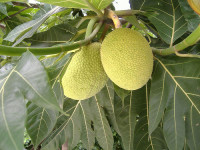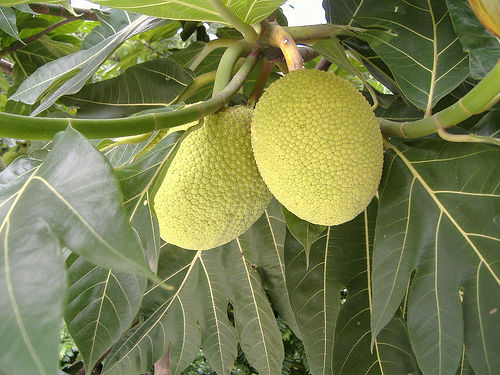
Sometimes you need to build a bridge as long as Anping Bridge, to get over it.
- Anping Bridge is a particularly long bridge found across the Shijing River estuary, near the city of Quanzhou, in the Fujian Province in China.
- ‘Anping Bridge’ is also known as ‘Wuli Bridge’ or by its literal translation ‘Five Li Bridge’, ‘five li’ being its length.
- Anping Bridge spreads a length of 2070 metres (1.29 miles) and has a width ranging from 3 to 3.8 metres (9.8 to 12.5 feet).
- The construction of Anping Bridge lasted 13 years, beginning in 1138 AD and finishing in 1151 AD; and the bridge connects the two towns at either end, Anhai (originally known as ‘Anping’) and Shuitou, that lay in different counties.
- Large stone bricks and beams make up Anping Bridge, with 362 spans in the original construction, although the bridge is now shorter and has only 331 spans.
Anping Bridge
Image courtesy of Wikemdia Commons
- Anping Bridge is among the longest bridges built in ancient times, and prior to 1905, it was China’s longest bridge.
- Anping Bridge once had five pavilions to provide a resting site for those crossing the bridge, however today only one exists.
- A large amount of silt has built up around the Anping Bridge, causing the waters to become more like a wetland in some areas, and somewhat separated rather than one large body of water.
- Due to Anping Bridge being an ancient structure, it has been listed as a protected site by the State Administration of Cultural Heritage of China, since 1961.
- Since the completion of Anping Bridge, there have been six large scale renovations or repairs on the bridge.
Bibliography:
Anping Bridge, 2015, Wikipedia, https://en.wikipedia.org/wiki/Anping_Bridge
Anping Bridge, China’s Longest Ancient Bridge, 2016, Amusing Planet, http://www.amusingplanet.com/2016/04/anping-bridge-chinas-longest-ancient.html
Anping Bridge in Fuzhou, 2014, Cultural China, http://arts.cultural-china.com/en/85Arts8911.html




